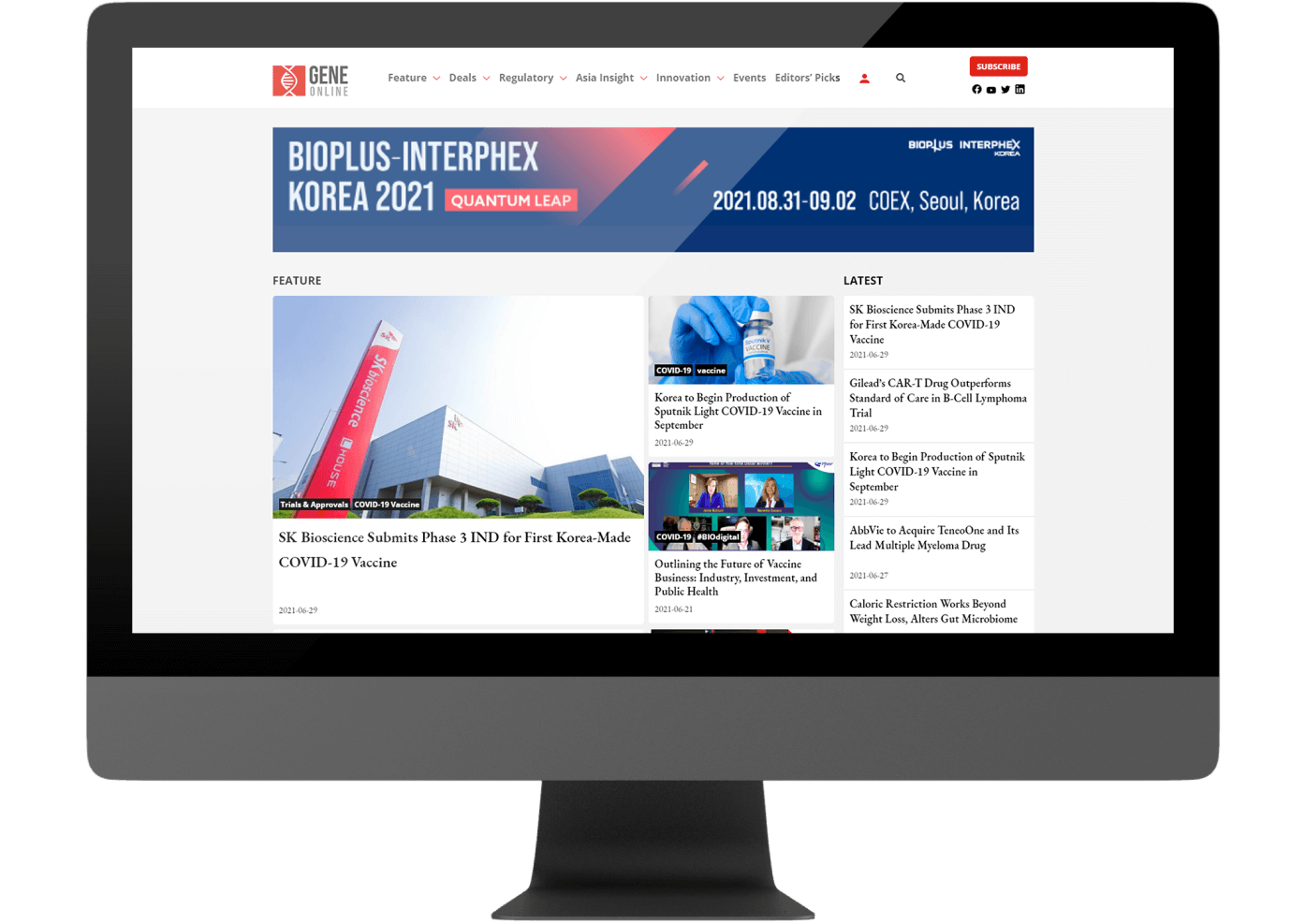JPM Healthcare Conference: Shape, Korro, and Ionis Present Advances in RNA Therapeutics
In the past couple of decades, groundbreaking research in the discipline of RNA biology has led to the development of a new class of biologics that constitute RNA therapeutics. Here we highlight key updates presented by RNA therapeutic firms at the J.P. Morgan Healthcare Conference this year.
Shape Therapeutics
Francois Vigneault, CEO of Shape Therapeutics (ShapeTx), presented his firm’s advancements in RNA therapy technology by painting a picture of obstacles in treating rare diseases, which affect 378 million people globally.
The major challenges include payload, delivery, and manufacturing. To address the payload problem, ShapeTx has developed its RNA platform, consisting of RNAswitch, RNAfix, and RNA skip. RNAfix™ guide-RNAs enable highly efficient and specific ADAR-mediated RNA editing in Parkinson’s disease.
ShapeTx also addresses the delivery and manufacturing problems using its AAVidTM and Square bio platforms respectively. Shape’s AAVidTM platform screens libraries of more than 1 billion unique AAV capsid variants in a single campaign for optimal tropism and manufacturability.
AAV has limitations as a therapeutic vector since its production relies on suboptimal techniques. For example, batch processing creates issues with reproducibility, scaling, and cost, making AAV difficult to use for rare disease treatments. These production limitations are dealt with by Square bio which uses the human stable cell line to miniaturize and increase the regularity of viral production.
| Related Article: New Era in Precision Medicine? Introduction & Overview of RNA Editing |
Korro Bio
Ram Aiyar, Ph.D., MBA, the CEO presented on Korro’s OPERA (Oligonucleotide Promoted Editing of RNA) platform and ADAR technology. He also updated on the recent advances in the area, the advantages of gene editing, and the challenges faced.
While DNA editing does have benefits, its binary nature of being ON/OFF and the permanency of the edit cause potential problems. This could be solved by using RNA as it is both transient and its effects can be modulated within the cell.
OPERA is an in vivo RNA editing system that delivers an oligonucleotide guide that can target specific RNA sequences. OPERA co-opts the cell’s natural process with a synthetic oligo and catalyzes a single base change to modify protein sequence and function without the need to permanently modify one’s genome. This ADAR mechanism allows for pre-translational modification of the mRNA transcript.
These technologies can be used to treat diseases where a simple gain of function mutation caused by gene editing could result in protein overexpression. Additionally, there is now regulatory precedent for the use of oligonucleotides that can lower the cost and time to market; thus making rare diseases more financially worth developing medications for.
Ionis Pharmaceuticals
Ionis pharmaceuticals made over $700M in revenue and $2B cash on hand in 2020, It intends to use it to expand its neurological and cardiometabolic pipelines. This could Ionis a large customer base considering cardiovascular diseases are the number one cause of global deaths.
Currently, Ionis has five drugs in Phase 3 trials, including Toferson, Tominerson, Ionis-TTR-Lrx, Ionis APOCIIIlrx, and Pelacarsen, the results of which are expected by 2024.
LICA (ligand concentrated antisense) is a chemical technology developed at Ionis that involves the attachment of a molecule called a ligand that binds with receptors on the surfaces of cells in a highly specific manner. This high level of specificity increases safety and lowers incidences of side effects as well. LICA is leading to an emerging class of antisense medicines that can treat conditions, with both large and small patient populations, with less frequent and smaller doses.
References
©www.geneonline.com All rights reserved. Collaborate with us: service@geneonlineasia.com









